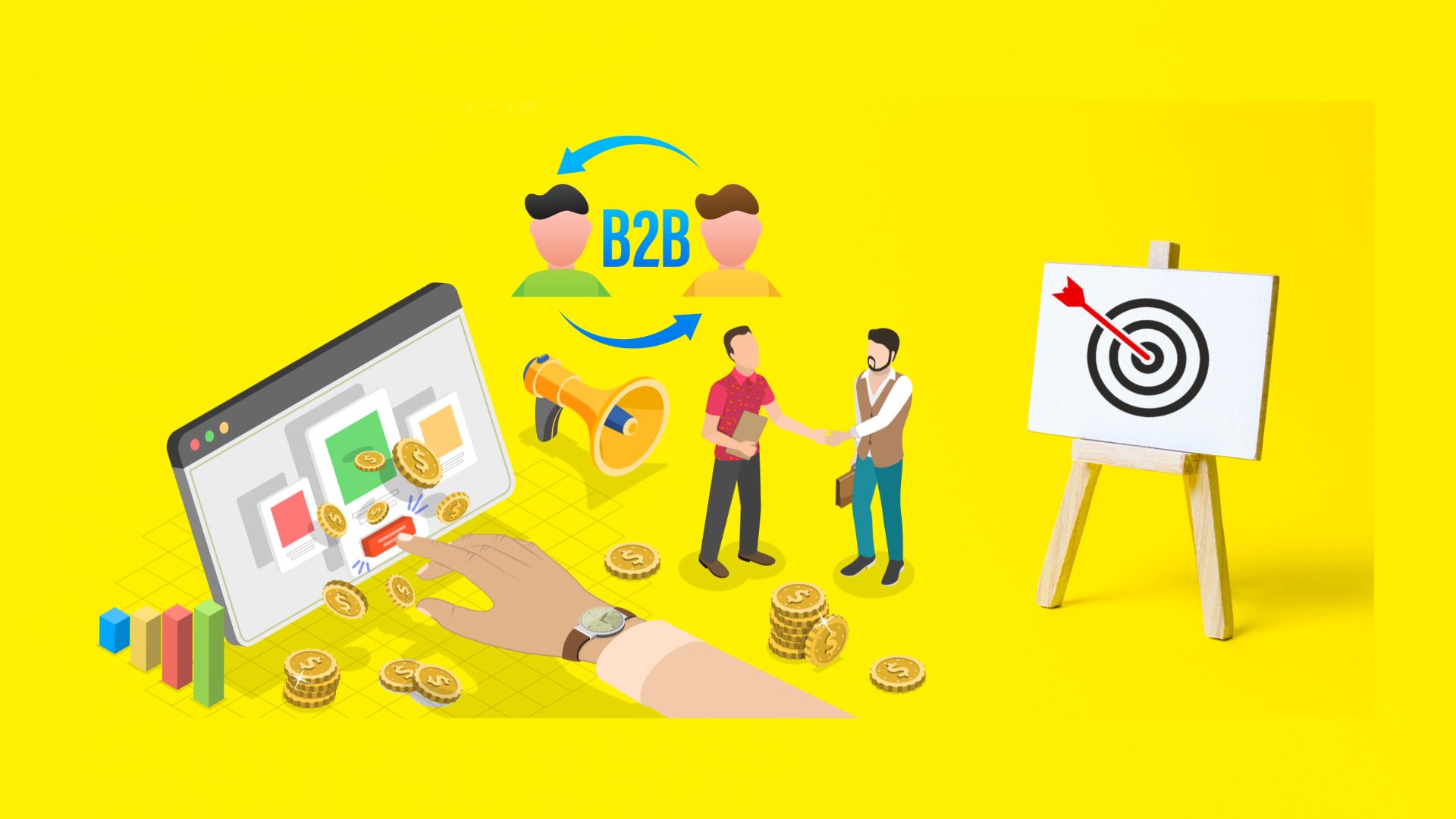6 Lessons from IoT Ninjas
Page Contents
The Internet of Things (IoT) is shaping up to be a bona fide phenomenon, with Gartner estimating that the number of Internet-connected “things” will hit 4.9 billion this year and reach 25 billion by 2020. Given this steep growth trajectory, companies are keen to capitalize on IoT opportunities. As with any nascent technology, though, doing so can be tricky at first. Good thing we can all learn a thing or two from early IoT adopters.
Here are six lessons from early IoT adopters that can help companies with their own Internet of Things initiatives:
Leverage Real-time IoT Data
Tony Cosentino, an analyst with Ventana Research, recently shared his view that IoT's biggest value lies in operational intelligence.
“As IoT is real time or near real time, it is of most value in making immediate or same-day decisions. The faster you can integrate data in the data store and analyze it, the more successful you will be with IoT,” he said, adding that companies need to “move beyond a query and report mentality into more of an event-centric mentality.”
 That is what Wind River, a subsidiary of Intel which has an operating system used by many airlines, is doing with its Helix Device Cloud, which collects data from sensors or devices and puts it into the cloud for analysis. While older systems gathered data, then processed it and sent it elsewhere for analysis, now the company siphons off sensor data at the point it is generated, sends one feed on the normal route and another directly to the point of analysis in the cloud.
That is what Wind River, a subsidiary of Intel which has an operating system used by many airlines, is doing with its Helix Device Cloud, which collects data from sensors or devices and puts it into the cloud for analysis. While older systems gathered data, then processed it and sent it elsewhere for analysis, now the company siphons off sensor data at the point it is generated, sends one feed on the normal route and another directly to the point of analysis in the cloud.
“To be accurate and responsive enough, you need to go directly to the cloud and not just via control systems. That way, we are able to send the control system alerts or guidance in near-real time,” said Chip Downing, the company's senior director of Aerospace Defense.
Analyzing data mid-flight rather than waiting to download it all upon landing allows airlines to tune engines more precisely, alter flight paths to avoid bad weather, take advantage of better winds on a slightly different course and set up maintenance actions on the ground so crews are ready well in advance of a plane's arrival.
Get a Services Mentality
Many IoT early adopters are finding success by creating business models that create new services. For instance, Schneider Electric is now giving away thermostats instead of selling them. The devices have sensors that detect sound, motion and temperature. If the temperature drops or no sound and motion are detected, the system is programmed to conserve energy.
Companies pay a monthly subscription fee for the service and Schneider Electric guarantees a 20 percent energy reduction, which typically yields greater savings than the monthly charge.
The company is also adding IoT sensors to mousetraps so it can offer a rodent removal service rather than just selling traps. Again, this switches the business model from a one-time sale to a monthly subscription fee. The idea is that restaurants, grain stores and other clients will pay to have rodents quickly removed so they do not have to worry about decomposing animals being discovered by customers or health inspectors.
An HP executive told attendees at last year's Connected Cloud Summit that his company now offers a service to consumers in which they connect their printers to the Internet and pay a monthly, usage-based fee to get ink delivered to their homes before they run out. “What's cool about this is that [because of access to the printer] we can improve shipping costs. We can pass on a lot of that savings to the consumer,” the executive said, adding, “The real transformation in business models is when you begin to connect consumer IoT and industrial IoT together.”
Make IoT Security a Priority
Fiat Chrysler just announced a voluntary safety recall of some 1.4 million vehicles after security researchers were able to exploit a software flaw to remotely commandeer a Jeep Cherokee. This incident spotlighted the security concerns associated with newly connected devices such as automobiles. A study from HP found that all 10 Internet-connected security systems it assessed, including video cameras and motion detectors, contained vulnerabilities that hackers could use to remotely access and control devices.
Given this, it is obviously critical to address security when developing applications for the Internet of Things. Daniel Miessler, a practice principal at HP Fortify, told eSecurity Planet that while there is nothing intrinsic to IoT app development that makes it difficult to code securely, such apps are more complex than many apps because they often contain Web, mobile and networking components.
Among six tips for developing secure IoT applications that Miessler shared: employ developers with appropriate Web development skills; build apps on a platform that handles at least some of the elements of a secure IoT app, such as authentication; and ensure IoT apps have a mechanism to securely update firmware.
Use IoT Development Platforms
For those put off by the potential complexity of developing Internet of Things applications, companies including Xively, ThingWorx, Buglabs, Carriots and Seecontrol offer cloud-based development platforms that provide many elements of IoT infrastructure so companies can focus on building apps that access sensor data without worrying about areas like provisioning and authentication.
Xively, for example, offers a library of connectors — small bits of code — that can be inserted onto various sensor manufacturers' control boards. These embedded clients take data from sensors, package it and send it in a published message format to the Xively platform. The platform then stores the data ready for an application to make use of it.
Companies can build apps in their language of preference and access data on Xively's platform using the Xively API, https or other standard means. This speeds the development process. According to Xively's senior product marketing manager, who spoke to Enterprise Apps Today earlier this year, building a first prototype IoT application can take as little as a week.

Public relations, digital marketing, journalism, copywriting. I have done it all so I am able to communicate any information in a professional manner. Recent work includes creating compelling digital content, and applying SEO strategies to increase website performance. I am a skilled copy editor who can manage budgets and people.



